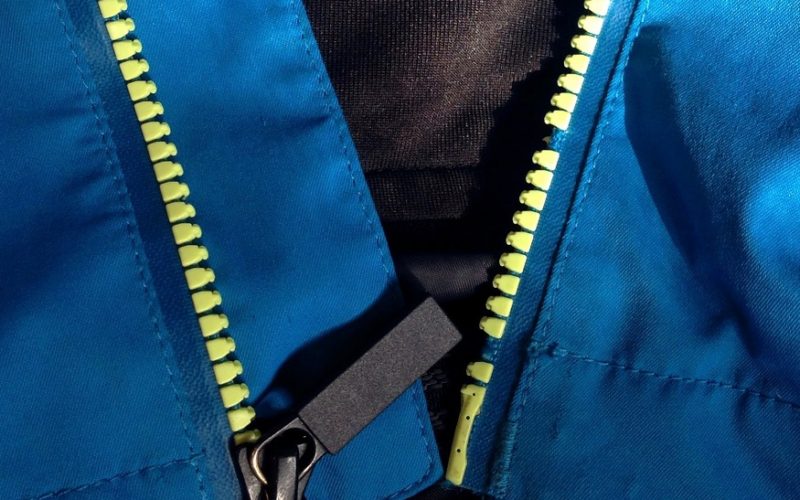More generically referred to as a “slide fastener,” the zippers were used as closure in garments and various other articles. The zipper was originally introduced during the 1890s in a primitive form, but it was only in 1930s when they became widely accepted in clothing.
Invention of the Zipper
The early 1890s marked the early beginnings of the fastener Americans now commonly call zippers thanks to the invention of Whitcomb Judson, Midwestern traveling salesman.
Judson had his device patented as a “clasp locker or unlocker” meant for shoes. The invention only had superficial resemblance to the modern zipper. It was made of a series of eyes and hooks and each pair was engaged by the slider or key’s action.
During the next several years, this device went through design modifications but none of these worked that effectively. However, the idea of using an “automatic hook-and-eye,” captured the interest of entrepreneurs. Judson received encouragement and money and to continue making his invention, and during the initial years following 1900, the pioneering devices were introduced to the market under the sponsorship of Universal Fastener Company based in Hoboken, New Jersey.
Design Improvement
After a few years of futile sales and design efforts, the Hoboken-based company enlisted the services of Gideon Sundback, a Swedish immigrant. Sundback had training as an electrical engineer and was a remarkably astute and clever mechanic. He carefully analyzed the automatic hook-and-eye’s primary elements and came to the conclusion that the hook-and-eye model wasn’t suitable one for all kinds of automatic fasteners. During the later part of 1913, Sundback launched his “Hookless Fastener” that was based on the novel principles with a resemblance to the modern metal zipper in all important respects.
The hookless fastener of Sundback depended on the action of the series of elements that were closely spaced, technically named “scoops,” whose ingenious shape and precise spacing are key to the success of the fastener.
Every scoop features a protruding nib on one side and a dimple on the other. The fastener has two opposing rows of scoops that are spaced for the scoops from one side to engage in the spaces between the scoops found on the other side. One scoop’s nib from fits into the facing scoop’s dimple whose nib then fits to the next dimple right down the row. This action was likened by Sundback to a series of spoons wherein the bowls of the alternating spoons fitted to each other. When the spoons at each of the rows’ end are held in proper place, the spoons in between cannot disengage one each other. The function of the slider is just to bring the two scoop rows together or separate them in a serial and continuous action.
Development of Custom Machinery
The businesspeople that backed Judson and Sundback were able to see that the hookless fastener design was indeed efficient. The contributions of Sundback went further to include the development of machinery that allowed economical and rapid manufacture of the fastener.
The Hookless Fastener Company was established in Meadville, Pennsylvania and by 1914, efforts started for marketing the novel device. The fastener manufacturers encountered difficulties that are as frightening as those technical ones they had overcome after making the effort. The original hookless fastener was no doubt a clever device that worked reasonably in a consistent and reliable manner However, it was expensive compared to the hooks and eyes and buttons that it was meant to replace, posing numerous difficulties for the makers and designers of most garments.
If the existing zipper options are not suitable for your needs, you can contact ZipperShipper.com to get a quote for custom zippers.

